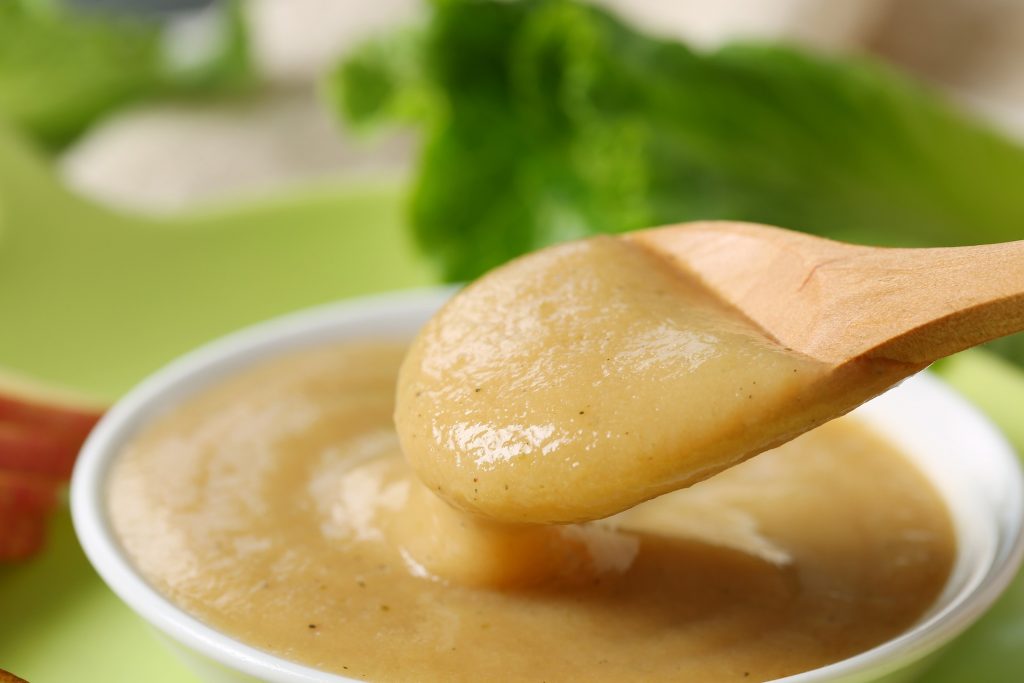Breast milk or iron-fortified formula is all that is usually needed for healthy growth and development in your baby, but most experts suggest adding solid foods to your infant’s diet around 6 months of age. Before feeding your baby solid foods, make sure he/she is able to:

- Swallow semi-solid foods
- Sit up well
- Control neck and head movement
- Open mouth and move tongue and lips around
Assuring your child can complete these tasks will make for a safe transition to solid foods. If you are unsure when to start feeding your child solid foods, consult your pediatrician for additional information.
| Month(s) | New Food Suggestions |
| 0 – 5 | Feed breast milk or formula If using formula, start feeding infant iron-fortified formula from months 4 – 5 Continue until after the 11th month |
| 6 – 7 | Add iron-fortified cereals: rice, barley, oats Avoid fruit flavored or mixed grain cereals Start with rice Start feeding pureed single vegetables, fruits, and protein foods Vegetables: sweet potatoes, squash Fruits: bananas, pears, peaches, apples Protein: chicken, pork, beef, tofu, beans |
| 8 | Add mixed-grain and iron-fortified cereals, rice, spiral pasta, bread strips, and teething crackers |
| 9 – 10 | Begin feeding: Cooked vegetables: mashed or chopped Canned or soft fresh fruits: mashed or chopped Cottage cheese, yogurt, eggs, and boneless fish |
| 11 – 12 | Try feeding your baby: Bite-sized soft and cooked vegetables, soft fruits, and single meats. Whole milk from a cup (at 12 months) |
Did You Know?

Adding breast milk to solid food ensures your baby is getting all the essential nutrients he/she needs. Try mixing breast milk with:
- Plain, ripe, or pureed fruit such as applesauce, peaches or mashed bananas
- Pureed vegetables with no added salt
- Pureed protein sources such as chicken, beef, pork, tofu, or beans


